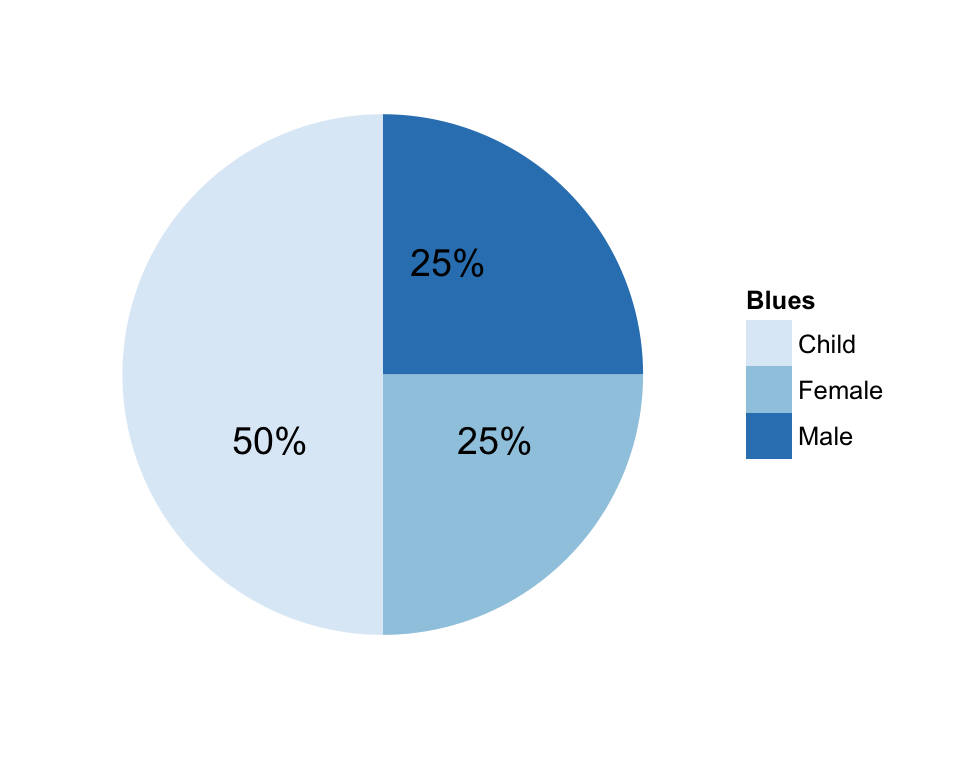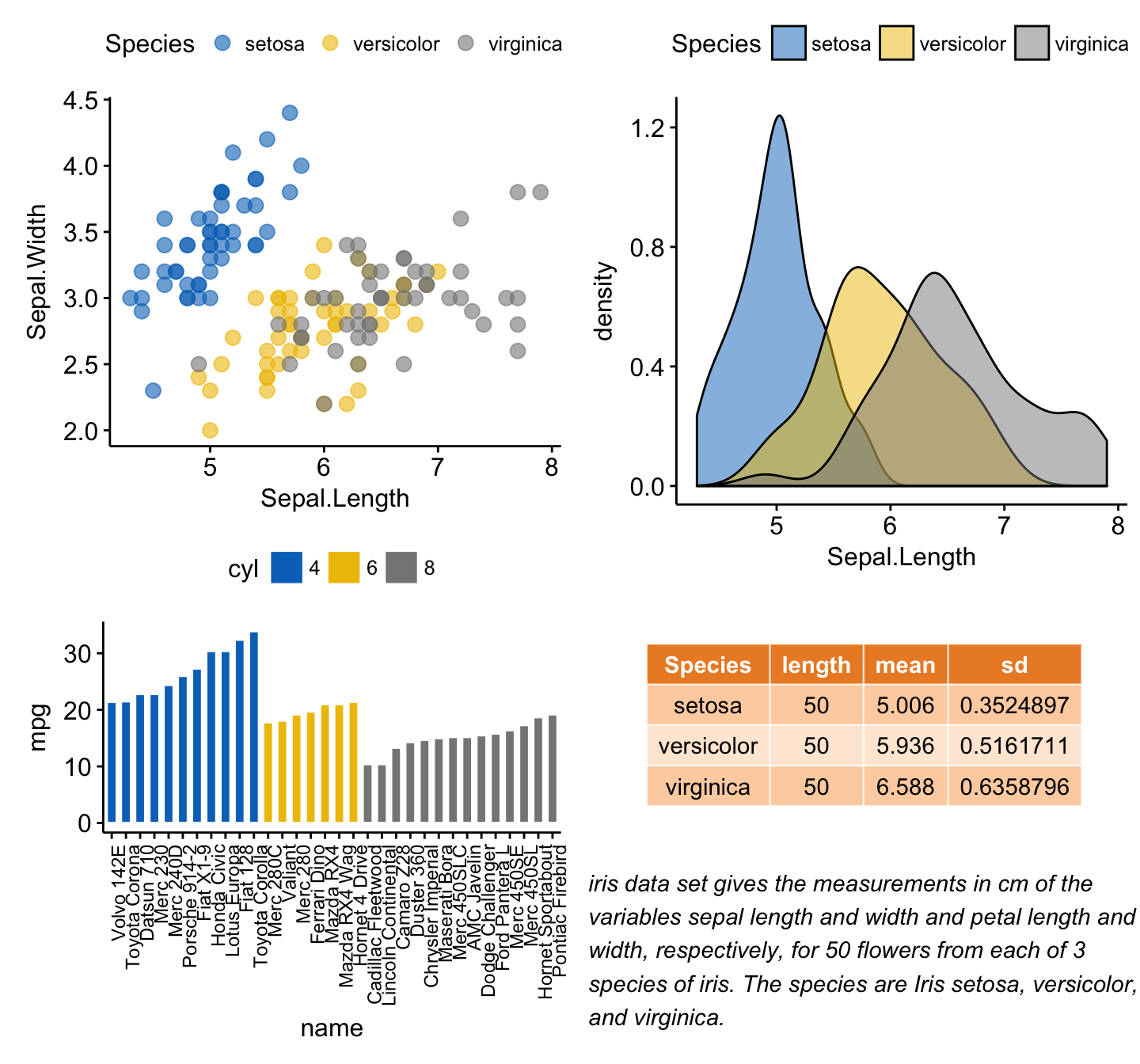

- R GGPLOT PLOT RENAME X VALUES HOW TO
- R GGPLOT PLOT RENAME X VALUES FULL
- R GGPLOT PLOT RENAME X VALUES CODE
- R GGPLOT PLOT RENAME X VALUES PLUS
Then, we start modifying this plot to extract more information from.

R GGPLOT PLOT RENAME X VALUES PLUS
More or less, this chunk makes sure that all plots are using theme_minimal() plus a small number of tweaks. I am trying to make a boxplot using ggplot, where x is the non-ID column names, y is the measurements in the table, and the fill is the ID.

R GGPLOT PLOT RENAME X VALUES CODE
Honestly, if you have no idea what happens in the following code chunk, just skip it.

ggplot(data mpg, aes(x cty, y hwy)) Begins a plot. Preliminariesįor completeness’ sake, let me mention the basic settings I will use for all visualizations. To display values, map variables in the data to visual properties of the geom (aesthetics) like. This post will show you how you can do that too. Naturally, I began experimenting and created a few example plots using fewer colors.
R GGPLOT PLOT RENAME X VALUES HOW TO
Luckily, I found a neat datawrapper blogpost by Lisa Charlotte Muth that shows us how to reduce the use of colors.īut as I was reading the blog post, I found myself wondering how some of the mentioned principles could be implemented in ggplot. Usually, this makes a data visualization way more effective. scaledatetime() - treat data x values as date times. Thus, I have to remind myself often to keep things simple. d + geom_count ( aes (size = after_stat ( prop ), group = 1 ) ) + scale_size_area (max_size = 10 ) # Or group by x/y variables to have rows/columns sum to 1.When creating a plot I frequently catch myself using way too many colors. trans most users go for log2 or log10 as their trans value. limits this numeric vector determines the limits of the X or Y axis. # Specifying geom_count without a group identifier leads to a plot which is # not useful: d <- ggplot ( diamonds, aes (x = cut, y = clarity ) ) d + geom_count ( aes (size = after_stat ( prop ) ) ) # To correct this problem and achieve a more desirable plot, we need # to specify which group the proportion is to be calculated over. The allowed values include null, waiver, and character vectors. ggplot ( mpg, aes ( cty, hwy ) ) + geom_count ( ) + scale_size_area ( ) # Display proportions instead of counts - # By default, all categorical variables in the plot form the groups. Doesn't make much different # here because the smallest count is already close to 0. Ggplot ( mpg, aes ( cty, hwy ) ) + geom_point ( ) ggplot ( mpg, aes ( cty, hwy ) ) + geom_count ( ) # Best used in conjunction with scale_size_area which ensures that # counts of zero would be given size 0. Use to override the default connection between
R GGPLOT PLOT RENAME X VALUES FULL
Always ensure the axis and legend labels display the full variable name. That define both data and aesthetics and shouldn't inherit behaviour from Good labels are critical for making your plots accessible to a wider audience. If FALSE, overrides the default aesthetics, It can also be a named logical vector to finely select the aesthetics to NA, the default, includes if any aesthetics are mapped.įALSE never includes, and TRUE always includes. Should this layer be included in the legends? If TRUE, missing values are silently removed. If FALSE, the default, missing values are removed withĪ warning. Often aesthetics, used to set an aesthetic to a fixed value, likeĬolour = "red" or size = 3. "jitter" to use position_jitter), or the result of a call to a Position adjustment, either as a string naming the adjustment A function can be createdįrom a formula (e.g. Seeįortify() for which variables will be created.Ī function will be called with a single argument, All objects will be fortified to produce a data frame. If NULL, the default, the data is inherited from the plotĭata as specified in the call to ggplot().Ī ame, or other object, will override the plotĭata. You must supply mapping if there is no plot Inherit.aes = TRUE (the default), it is combined with the default mappingĪt the top level of the plot. Set of aesthetic mappings created by aes(). I have a plot (Plot 1 below) that is fine, but I would like to change the x-axis tick labels so that it says 'Group 1', 'Group 2'.


 0 kommentar(er)
0 kommentar(er)
